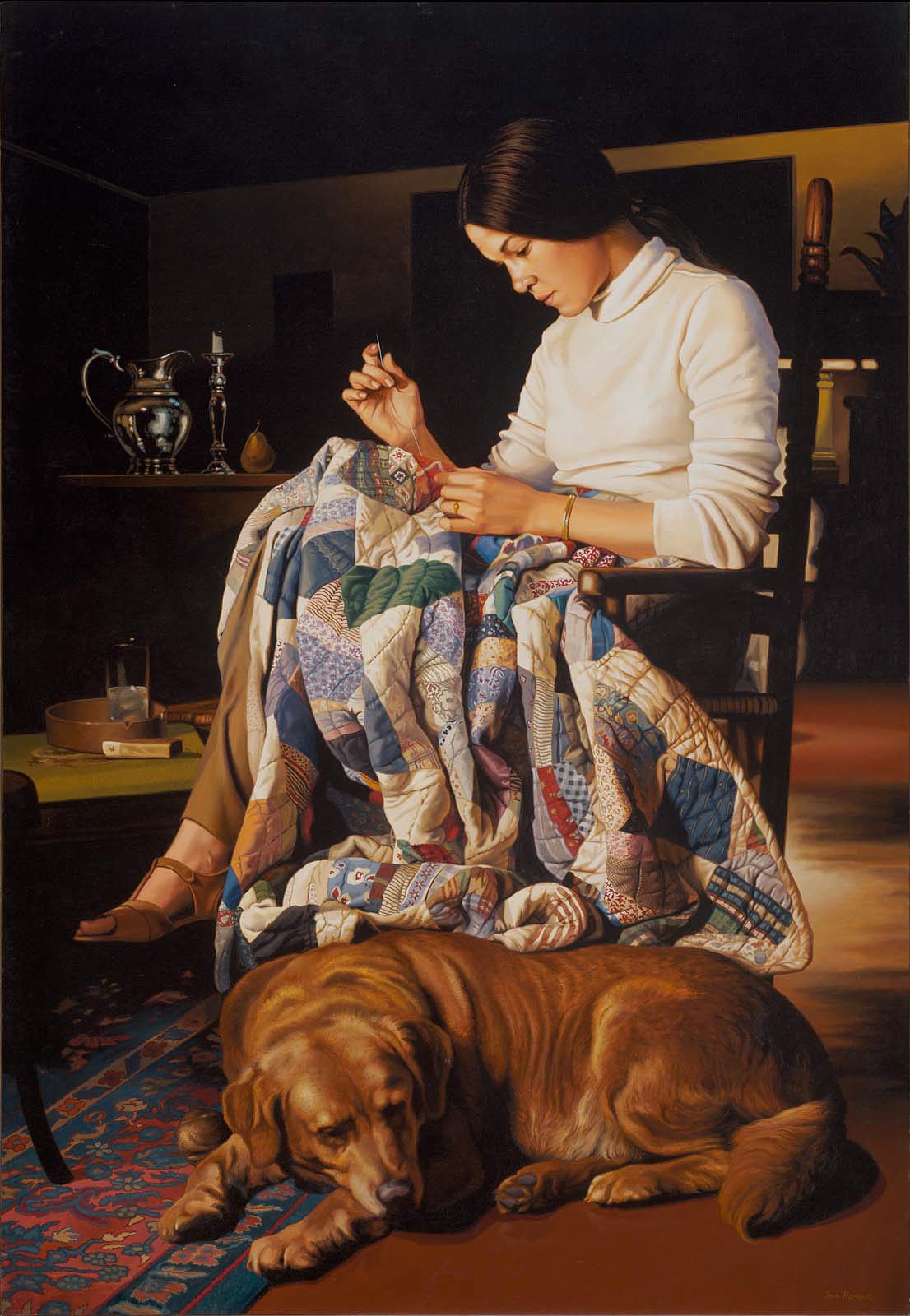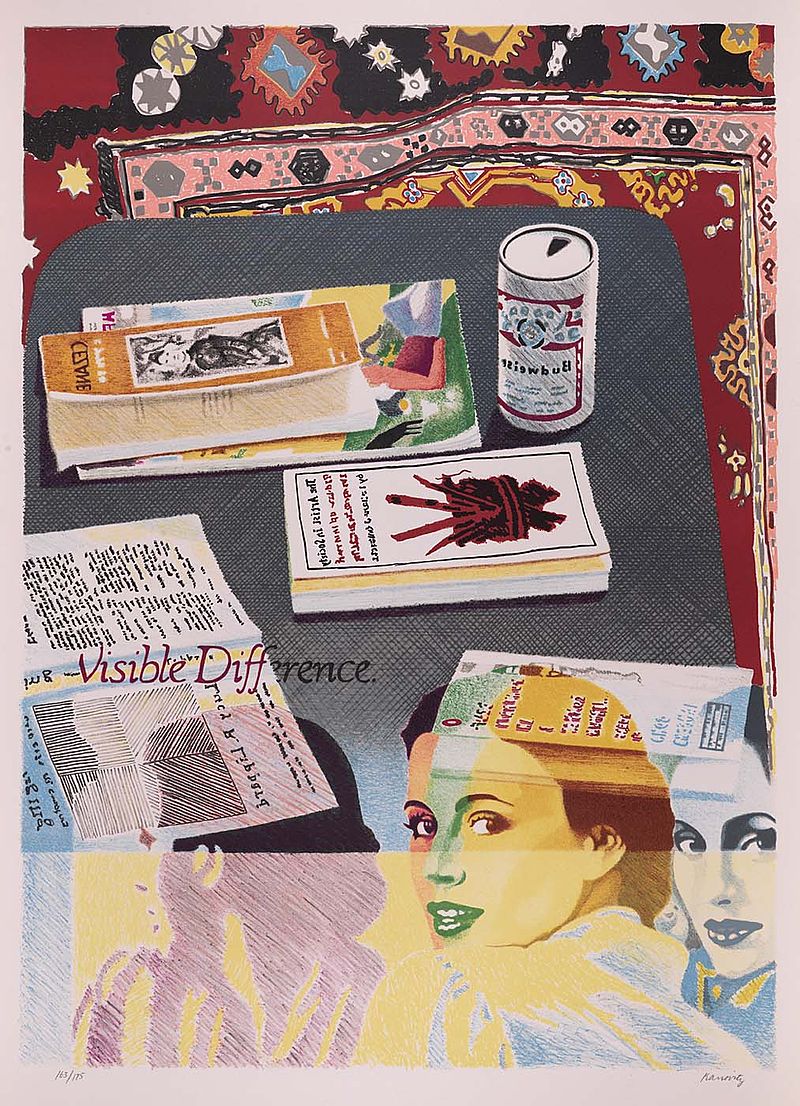Art & Exhibitions
Did Art Dealer Eric Spoutz Give Forgeries to the Smithsonian?
Spoutz allegedly conducted fraudulent transactions on dozens of artworks.

Spoutz allegedly conducted fraudulent transactions on dozens of artworks.

Sarah Cascone

Did disgraced art dealer Eric Spoutz, who stands accused of wire fraud in the alleged sale of forged paintings, manage to slip knock-off artworks into the collection of the Smithsonian? The Daily Beast reports that there are six artworks in the institution’s collections that come from the Michigan-based dealer.
Spoutz, who purports to be the nephew of American artist Ian Hornak, allegedly sold dozens of fake artworks over a five-year period.

Ian Hornak, Marcia Sewing Variation III (1978). Michigan-based art dealer Eric Ian Spoutz, who stands accused of selling forged paintings, donated this work to the MFA in conjunction with the artist’s estate.
Photo: courtesy the Museum of Fine Arts, Boston.
Paintings by Hornak linked to Spoutz appear in the collection of the Smithsonian and the Museum of Fine Arts Boston. Both paintings’ credit lines identify the works as gift of the estate of Ian Hornak and Eric Ian Spoutz, among other names.
Spoutz also arranged for the museum to acquire works by Tom Blackwell, Charles Bell, Richard McLean, Howard Kanovitz, and Robert Indiana.

Tom Blackwell, Battleship Texas (1980). Michigan-based art dealer Eric Ian Spoutz, who stands accused of selling forged paintings, donated this work to the Smithsonian in conjunction with the estate of artist Ian Hornak.
Photo: courtesy Smithsonian American Art Museum.
On January 31, Spoutz reportedly wrote on his since-deleted Facebook page that he had helped the Academy of Motion Picture Arts and Sciences acquire a group of photographs by Jack Mitchell.
Notorious forger Mark Landis spent decades donating his faux-masterpieces to unsuspecting museums, but Spoutz is accused of doing more than tricking institutions into accepting worthless gifts. Using a number of aliases, Spoutz allegedly conducted fraudulent transactions on dozens of artworks, including a pair of purported Joan Mitchell sold on eBay in 2010.

Ian Hornak, Angel Concert (1978). Michigan-based art dealer Eric Ian Spoutz, who stands accused of selling forged paintings, donated this work to the Smithsonian in conjunction with the artist’s estate.
Photo: courtesy Smithsonian American Art Museum and the Renwick Gallery.
“As alleged, Eric Spoutz created an entire world of fiction to make a profit—from the fraudulent paintings he was selling, to the phony letters and receipts for provenance,” said FBI assistant director-in-charge Diego Rodriguez in a statement. “The only real thing in this situation seems to be the financial losses the victims have incurred for purchasing what they thought were true works of art, whether for investment purposes or personal enjoyment.”

Howard Kanovitz, Visible Difference (1980). Michigan-based art dealer Eric Ian Spoutz, who stands accused of selling forged paintings, donated this work to the Smithsonian in conjunction with the estate of artist Ian Hornak.
Photo: courtesy Smithsonian American Art Museum.